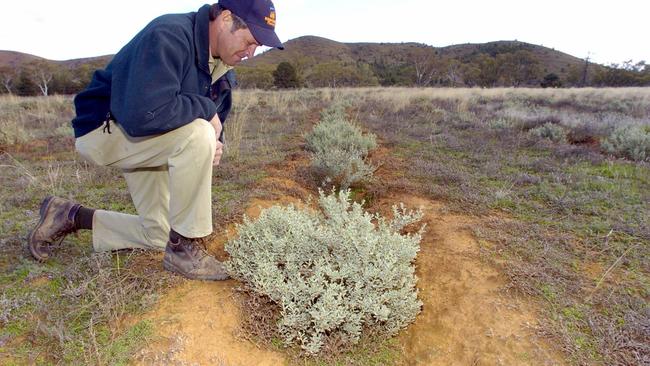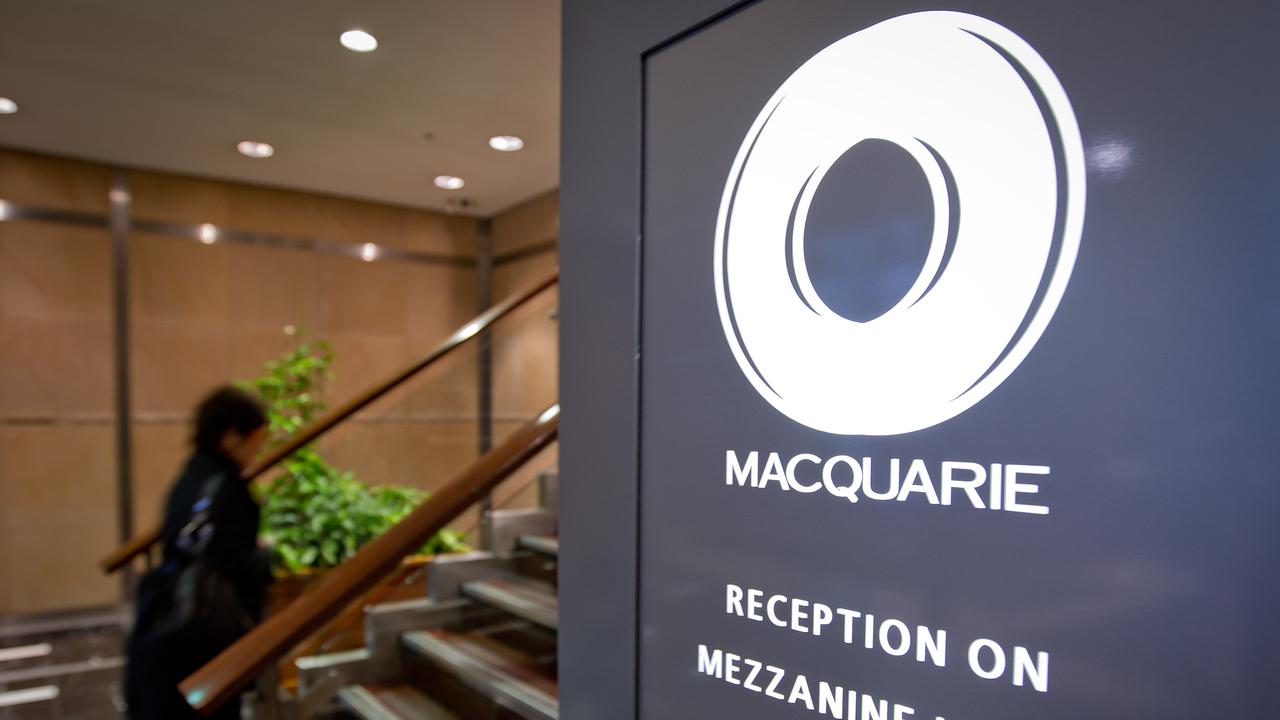Planting the seed of an energy and farming win
Here is a profitable project that can be extracted from the Canberra mud.

Nothing unites the nation more than the Melbourne Cup. Few issues divide the nation more than energy.
So, to celebrate the Melbourne Cup I am going to write a carbon-energy strategy commentary that might actually gain approval from most sides of the energy debate.
And what better person to unite us than Banjo Paterson, who wrote The Dream of the Melbourne Cup and later about Saltbush Bill. Paterson could never have dreamt of the role the saltbush plant may play in uniting us on energy.
Australia is embarking on a course to lower its carbon emissions by changing the way we generate electricity. But we have not been skilled at integrating the new solar and wind power sources into the existing network, nor have we provided enough back up.
And overall, we have not been enthusiastic in embracing techniques to lower the carbon in the air or leading the way in new power generation techniques. But together, the saltbush plant, plus the Chinese tariffs on American soybeans, are opening a new opportunity to reduce carbon in a profitable way. (The Wentworth by-election might also help).
The saltbush and similar plants are able to grow in arid conditions and thrive even if the water available has a higher than normal salt content.
What makes the saltbush important in carbon management is its remarkable ability to take carbon out of the air and store it in its roots and in the surrounding soil. At the same time the bush itself is emerging as a source of high-quality protein powder and a source of milled feed for animals such a pigs.
China has over 400 million pigs and imports vast quantities of soybeans to feed them, mainly from the US and Brazil. US soybean exports now have a 25 per cent tariff as part of the trade war and China has stepped up its soybean imports from Brazil. But longer-term, it is looking for alternative feed sources, so a huge new market is developing for alternative foods for pigs, as well as cattle.
Back in 2016, then prime minister Malcolm Turnbull and a contingent of various ministers and advisers travelled to the small Indigenous settlement of Scotdesco in South Australia. It’s about 130 kilometres west of Ceduna and the local Aboriginal community was planting saltbush as a carbon absorbing farm.
There was great excitement among the prime minister’s contingent at the time, because here was a way to promote profitable inland development while reducing carbon. A pilot planation has been established and it’s surviving severe drought conditions. But the plants are not sufficiently mature for production. But the idea of a massive inland carbon absorbing pool was quietly shelved in exchange for the political debates of the day that dominate the Canberra mire.
But the given the events in China the idea is regaining momentum. John White and the PundaZoie group are gaining European interest in developing salt bush plantations, not just in Scotdesco but in Gippsland in Victoria.
Indeed, the PundaZoie company has secured one if the biggest soil carbon contracts with the Clean Energy Regulator for the supply 7.5 million Australian carbon credit units over 10 years.
Gippsland also has the advantage of being home to Australia’s largest non-developed onshore gas reserves which do not require fracking. The gas is dissolved in water deep underground, but Victoria’s premier Daniel Andrews blocked Exxon from spending $200 million on the development and the associated water harvesting for farm use. Part of the $200 million expenditure would have been allocated to make sure the water produced with the gas (which is well below existing aquifers) was suitable for agriculture, although the early tests showed it was perfect. The Andrews ban not only boosted Australian energy prices but left east Gippsland farmers short of water in the current drought.
But eventually Victoria will tire of higher energy prices and agricultural water shortages and Gippsland is set to be a major growth area that, via saltbush, also becomes a massive and profitable carbon sink.
The saltbush plants begin storing carbon early in their life, but it usually takes about five years before the saltbush leaves can be harvested for pig food and protein production.
With the new member for Wentworth looking for lower carbon outcomes here is a profitable project which can be extracted from the Canberra mud.
And the impact can be massive — 500 project modules of 10,000 hectares each — a total of five million hectares that can reduce Australia’s carbon footprint by a massive two hundred million tonnes of atmospheric carbon dioxide or one third of Australia’s emissions.
It’s true that while saltbush can absorb carbon using poor quality water, the higher the salt content in the water the harder it is to be used for pig and cattle feed. But work is being conducted to overcome these problems
Like the Melbourne Cup, this is a carbon project that will not divide the prime minister’s Coalition and might help keep the house ticking over until an October/November (and not May) election date, given the government has lost its majority.




